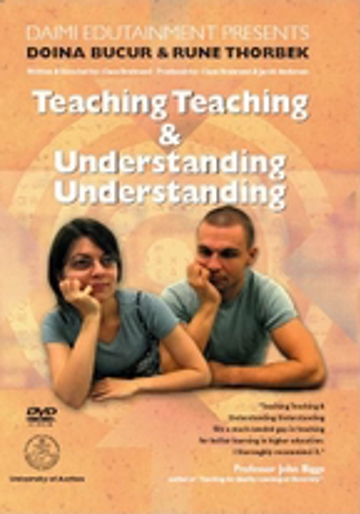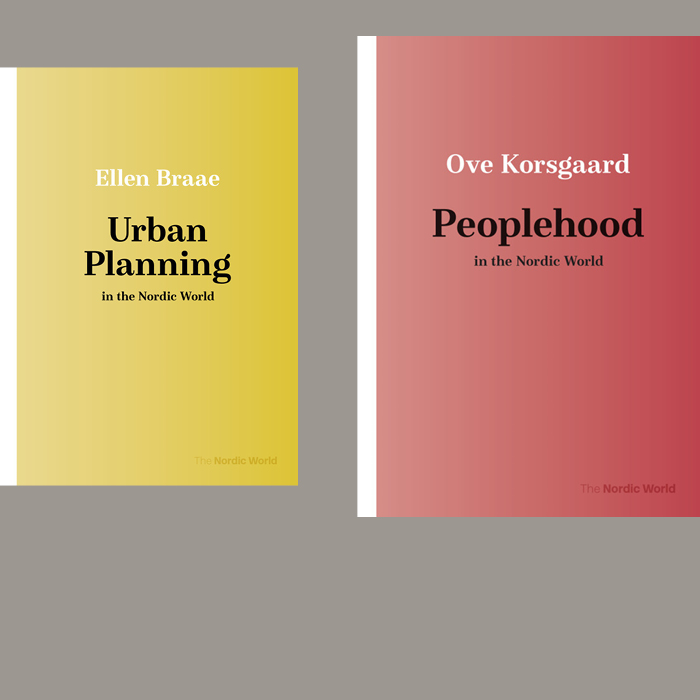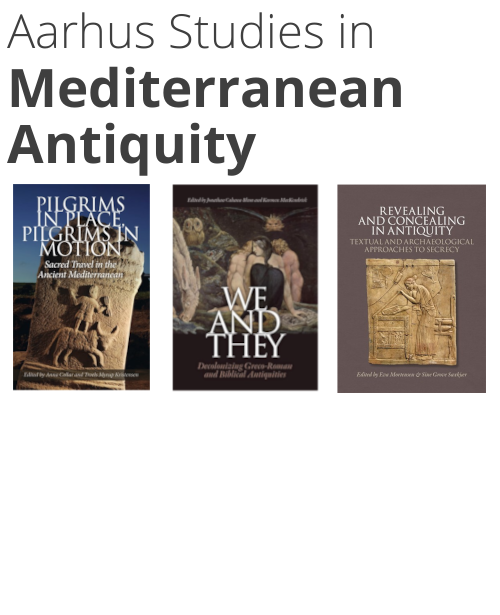
Teaching Teaching & Understanding Understanding
DVD - 1 pcs.
A part of the subject area Pedagogics
More about the book
Table of contents
Structure: The film is logically structured into four parts:
Part 1: (4'20'')
Learning (Student Perspective)
Part one looks at university teaching from a student perspective. We meet Susan and Robert who are prototypes of two different kinds of students with very different motivations for being at university.
Part 2: (3'07'')
Teaching (Teachers Perspective)
Part two adopts a teacher perspective. We meet teachers at levels 1,2 and 3 (according to John Biggs' "three levels of thinking about teaching") who respectively focus on "what students are", "what teachers do" and "what students do".
Part 3: (6'10'')
Understanding (Knowledge Perspective)
Part three takes a knowledge perspective on teaching. We look at how we, homo sapiens, acquire new information in terms of the old - and how "understanding" can happen at five different levels (according to "The SOLO Taxonomy").
Part 4: (3'43'')
The Solution (Constructive Alignment)
Part four integrates all previous and presents one of the most important insights from the research area of Didactics (University Studies in Education), namely: "Constructive Alignment" (developed by John Biggs).
Press reviews
Review of the short film by teaching/learning researcher (*****)
John Biggs Honorary Professor of Psychology, University of Hong Kong
"Teaching Teaching & Understanding Understanding fills a much needed gap in teaching for better learning in higher education. I thoroughly recommend it".
John Biggs, author of "Teaching for Quality Learning at University".
Review of the short film by educational developer (*****)
Jens Tofteskov Copenhagen Business School (CBS)
"This film is simply excellent: with a sense of humour, concise, and to the point".
Statement from "The Golden Ratio" 2006 Award jury
"The production conveys substantial insights from the area of didactics (university studies in education). It is a basis for a discussion about three perspectives on higher education; the students' activities, the teachers' activities, and the subject matter to be taught and learnde.
It is intended for teachers and students at higher educational institutions. It is an exemplary basis for reflection with good indentificational opportunities for the target audience.
In about twenty minutes it manages to convey a complicated message in a very well-structured and thought-provoking way.
One of the mechanisms used in humour; another image and graphics. It is not just a double portrayal, where images and spoken words elicit the same information in two different ways. On the contrary, sound, image, and graphic elements are brought together elegantly forming one united expression.




